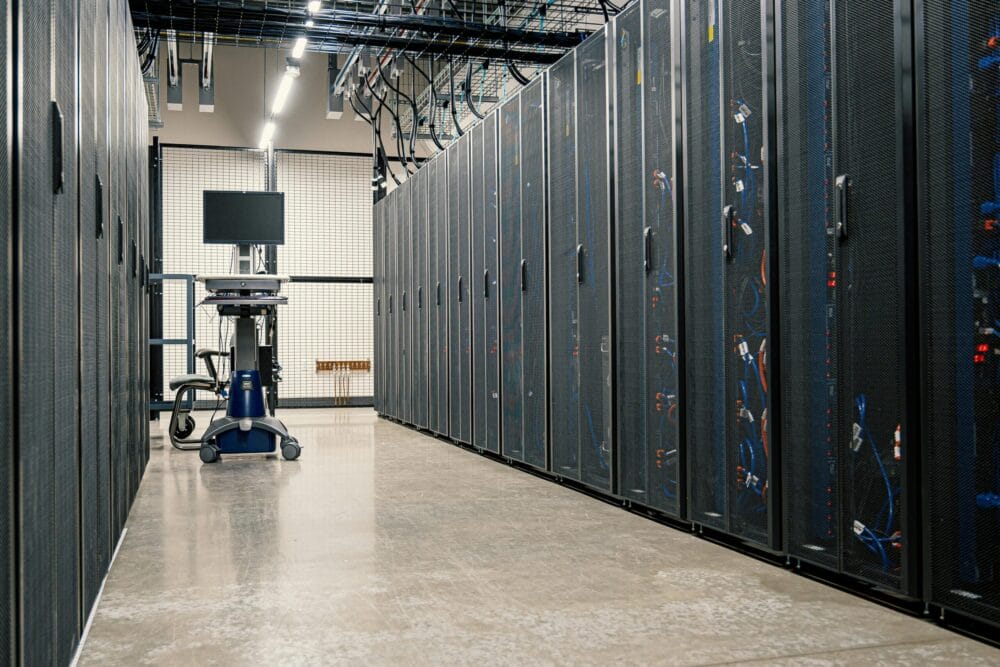~ Virtualisation and software-defined networking ~
In today’s hyper-connected world, the ability to swiftly adapt and innovate in telecommunications has never been more critical. Traditional networks, once lauded for their stability, are now struggling to keep pace with the dynamic demands of cloud computing, IoT and 5G. This is where the concepts of network virtualisation and software-defined networking (SDN) take centre stage. Here, Marcin Bala, CEO of telecommunication networks specialist Salumanus, delves into the future of network virtualisation and SDN and explores how these technologies will define the next era of connectivity.
The rise of virtualisation and SDN is reshaping telecom by boosting flexibility, scalability and efficiency. These technologies offer dynamic, cost-effective network management, with companies seeing a 50 per cent improvement in operational efficiency, according to Industry Insights.
Network virtualisation: a paradigm shift
Network virtualisation decouples physical infrastructure from the services and applications running on it. By abstracting network functions, it enables multiple virtual networks to share the same physical hardware, reducing costs and complexity. This technology provides a centralised control plane for more efficient network traffic management.
A key example of network virtualisation is virtual network functions (VNFs), which replace traditional hardware with software running on standard hardware. This simplifies deployment and enhances scalability, allowing operators to quickly introduce new services.
The future of network virtualisation is evolving towards Network Function Virtualisation (NFV) with cloud-native applications, where network functions are managed as microservices in containers and orchestrated by Kubernetes. This approach offers even greater flexibility, cost savings and operational efficiency.
SDN: the key to programmable networks
SDN takes the concept of virtualisation further by introducing centralised, programmable control over the network. Traditionally, network management was tightly coupled with hardware, making it difficult to change configurations or optimise traffic flows in real-time. SDN separates the control plane from the data plane, allowing network administrators to manage network behaviour programmatically via centralised software applications.
The immediate advantage of SDN is its ability to simplify network management. SDN controllers provide a holistic view of the entire network, enabling automated configuration, monitoring and policy enforcement across devices. This capability is particularly critical as networks grow in size and complexity, making manual configuration virtually impossible. By leveraging SDN, operators can quickly adapt to network changes, reroute traffic or implement security policies across the entire network with minimal manual intervention.

Combining SDN and network virtualisation
While both SDN and network virtualisation bring tremendous benefits individually, their true potential is realised when combined. Together, these technologies provide a powerful platform for building highly automated, scalable, and resilient networks. SDN enables centralised control and real-time adaptability, while network virtualisation allows for the deployment of new services without requiring extensive new infrastructure.
One compelling use case of this combination is in data centres. Traditionally, scaling a data centre network required physically adding new hardware and reconfiguring devices manually. With SDN and network virtualisation, data centres can dynamically adjust their resources to meet the changing demands of applications, spinning up new virtual machines or containers, optimising traffic flows and allocating bandwidth based on real-time needs.
The future of network virtualisation and SDN is bright, and as these technologies mature, their impact will be felt across every sector that relies on telecommunications infrastructure. Whether it’s the ability to scale rapidly, introduce new services or optimise resources, network virtualisation and SDN offer unprecedented opportunities to innovate and meet the evolving demands of digital businesses.
At Salumanus, we are committed to helping our clients navigate this complex landscape, providing the expertise, solutions and support they need to stay ahead of the curve.
If your organisation is looking to harness the power of SDN and network virtualisation, contact us today at www.salumanus.com to learn how we can help you transform your network for the future.








